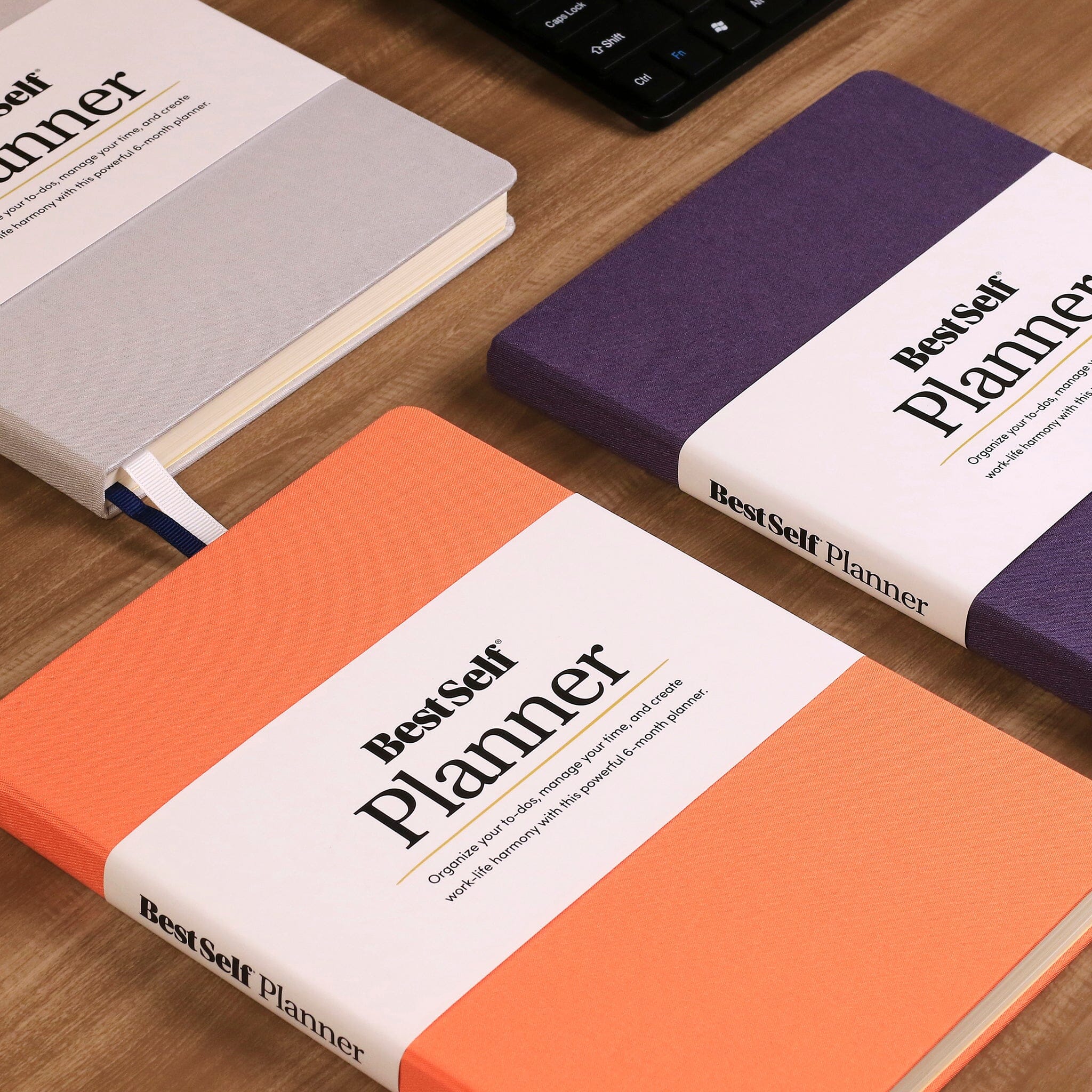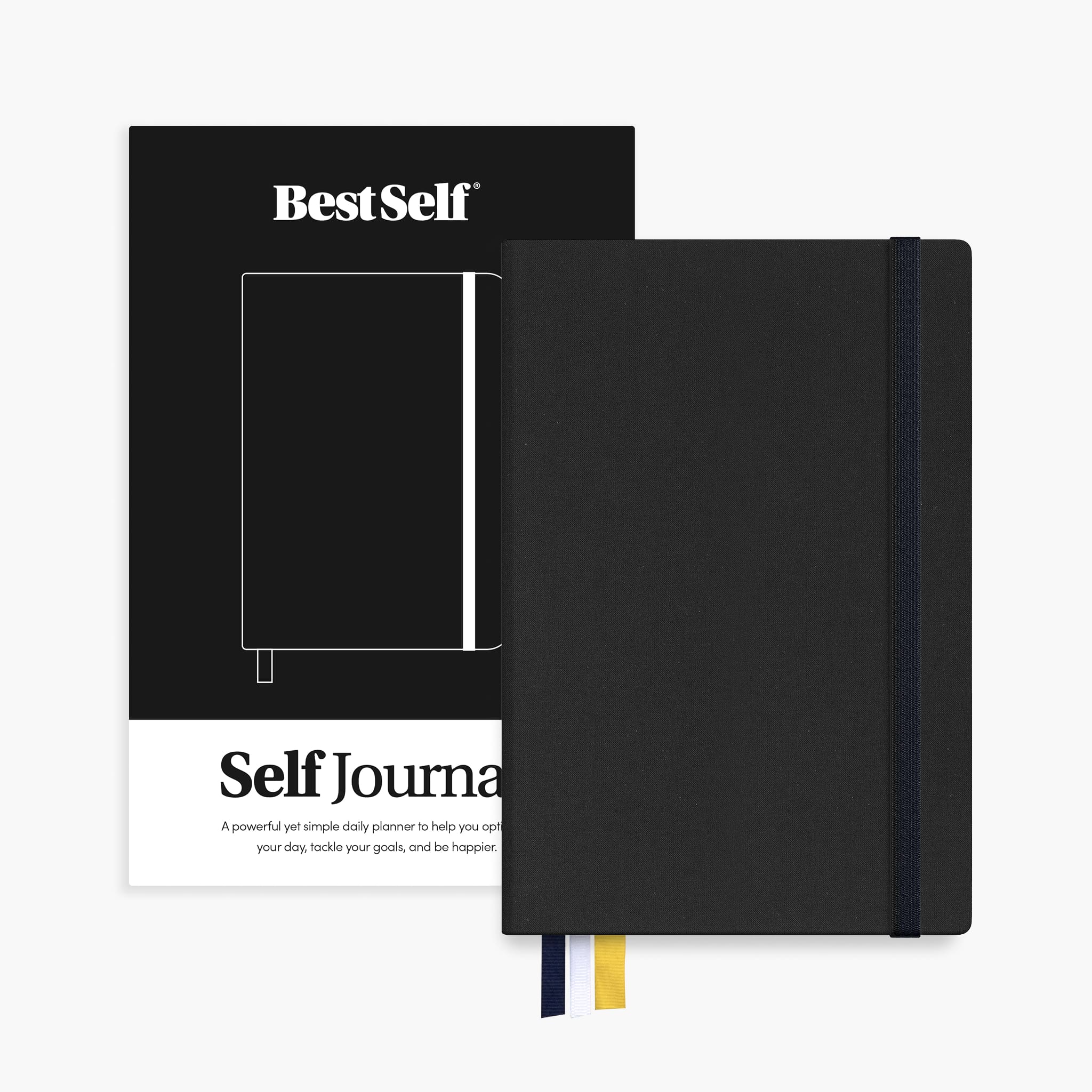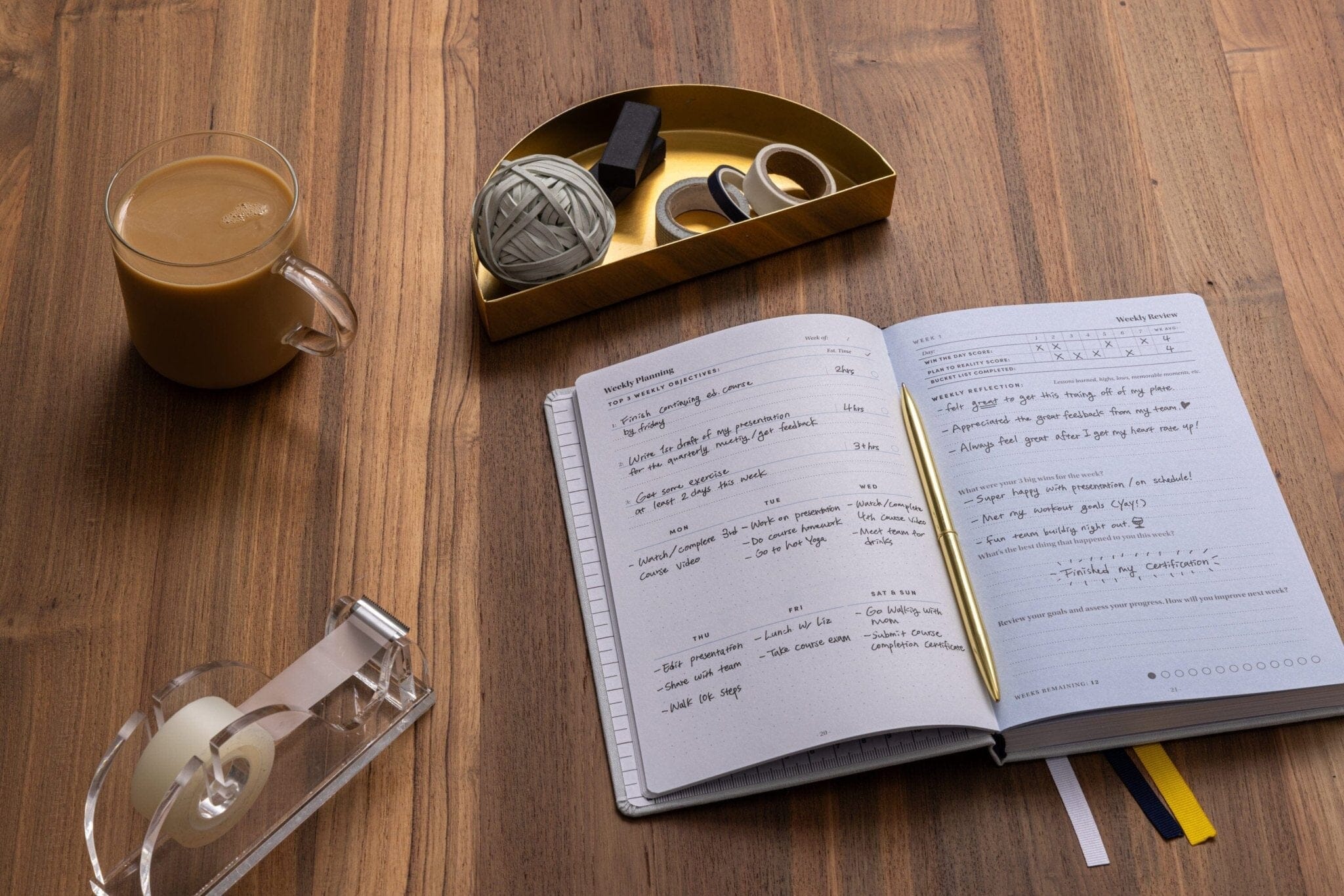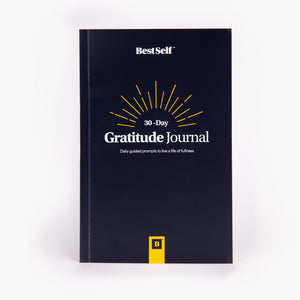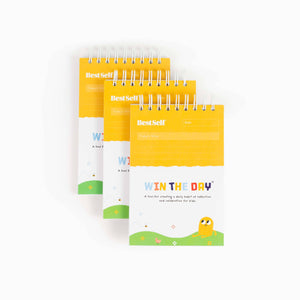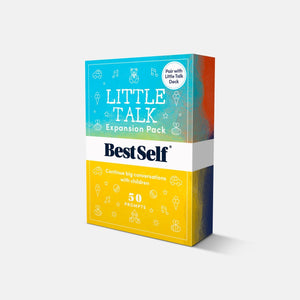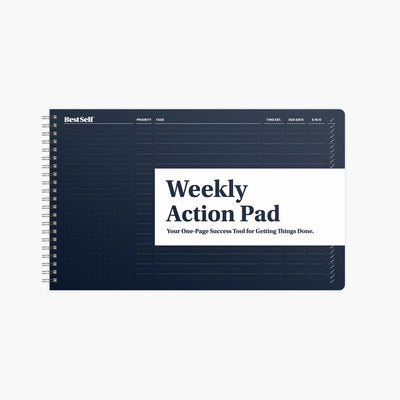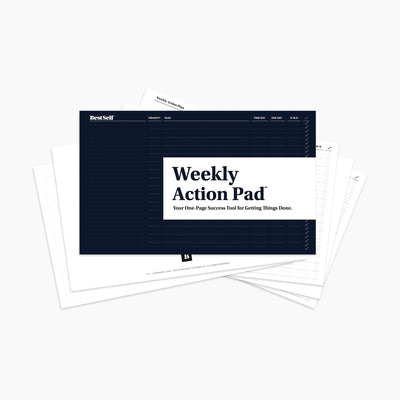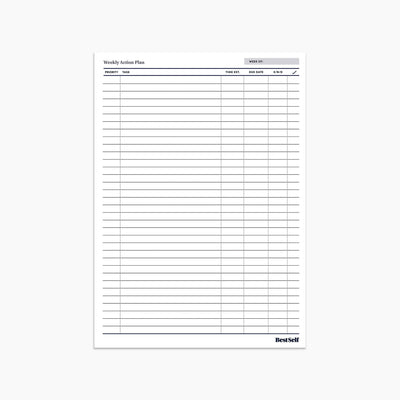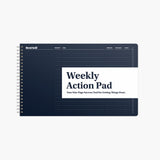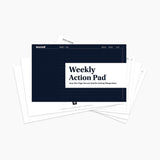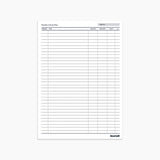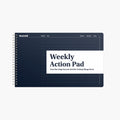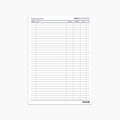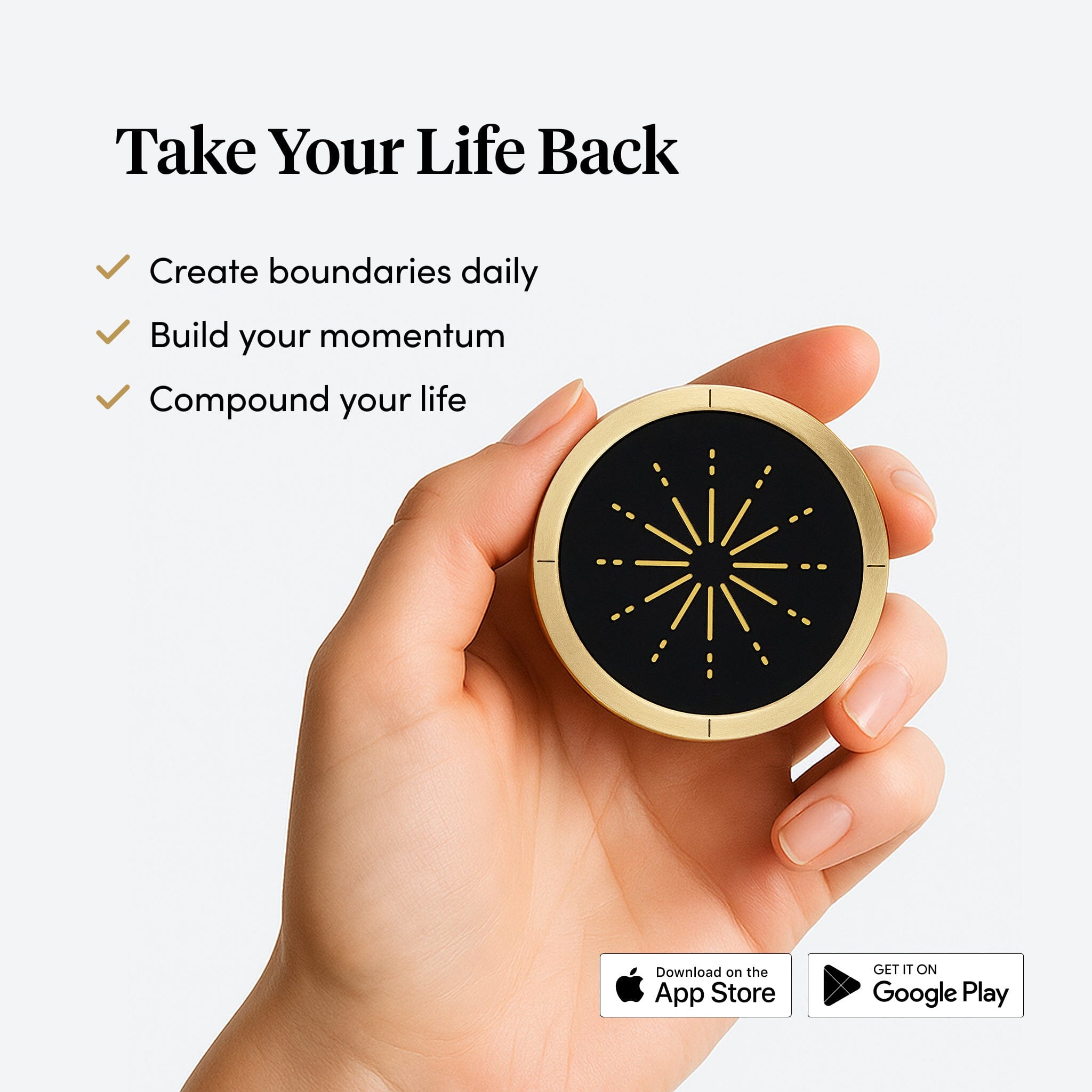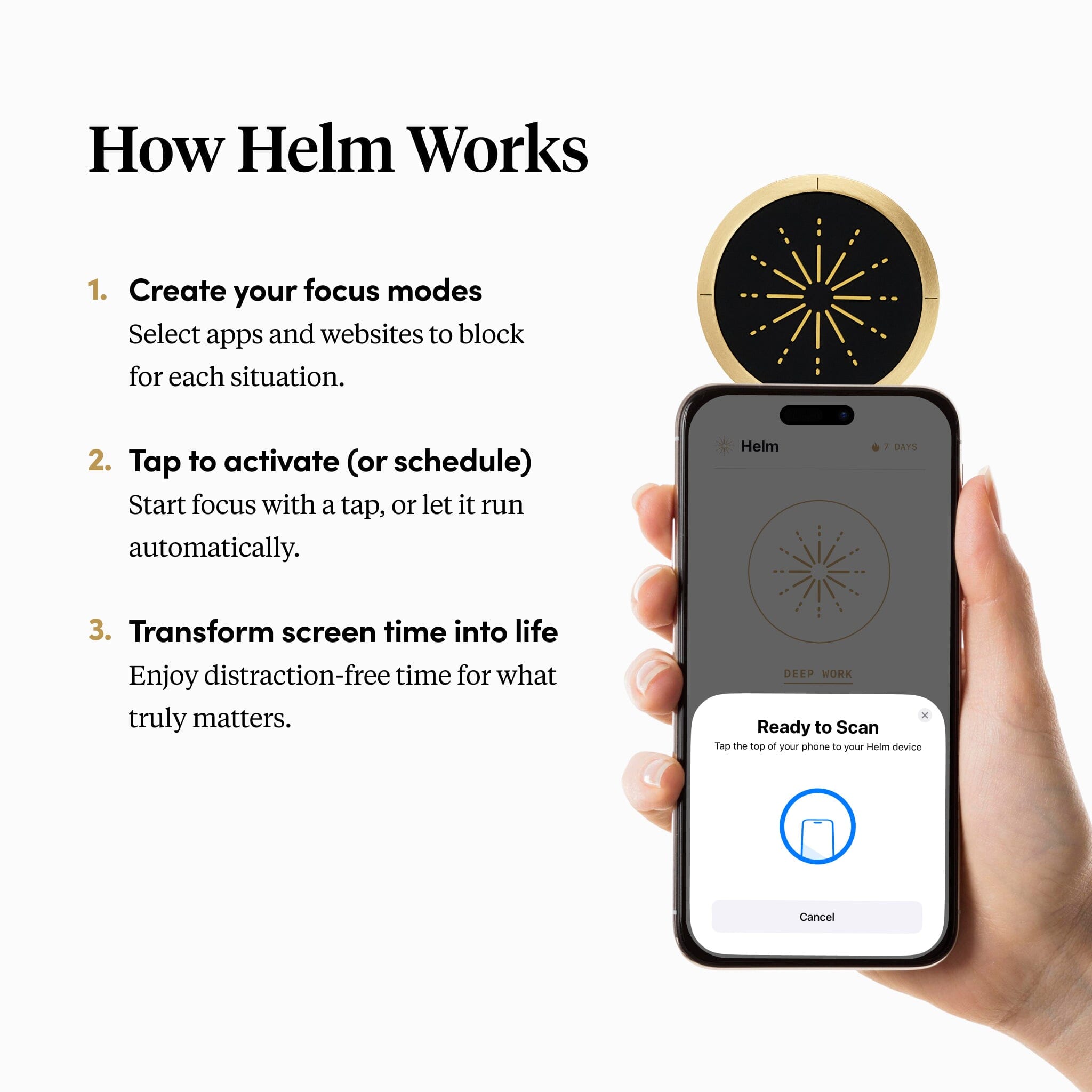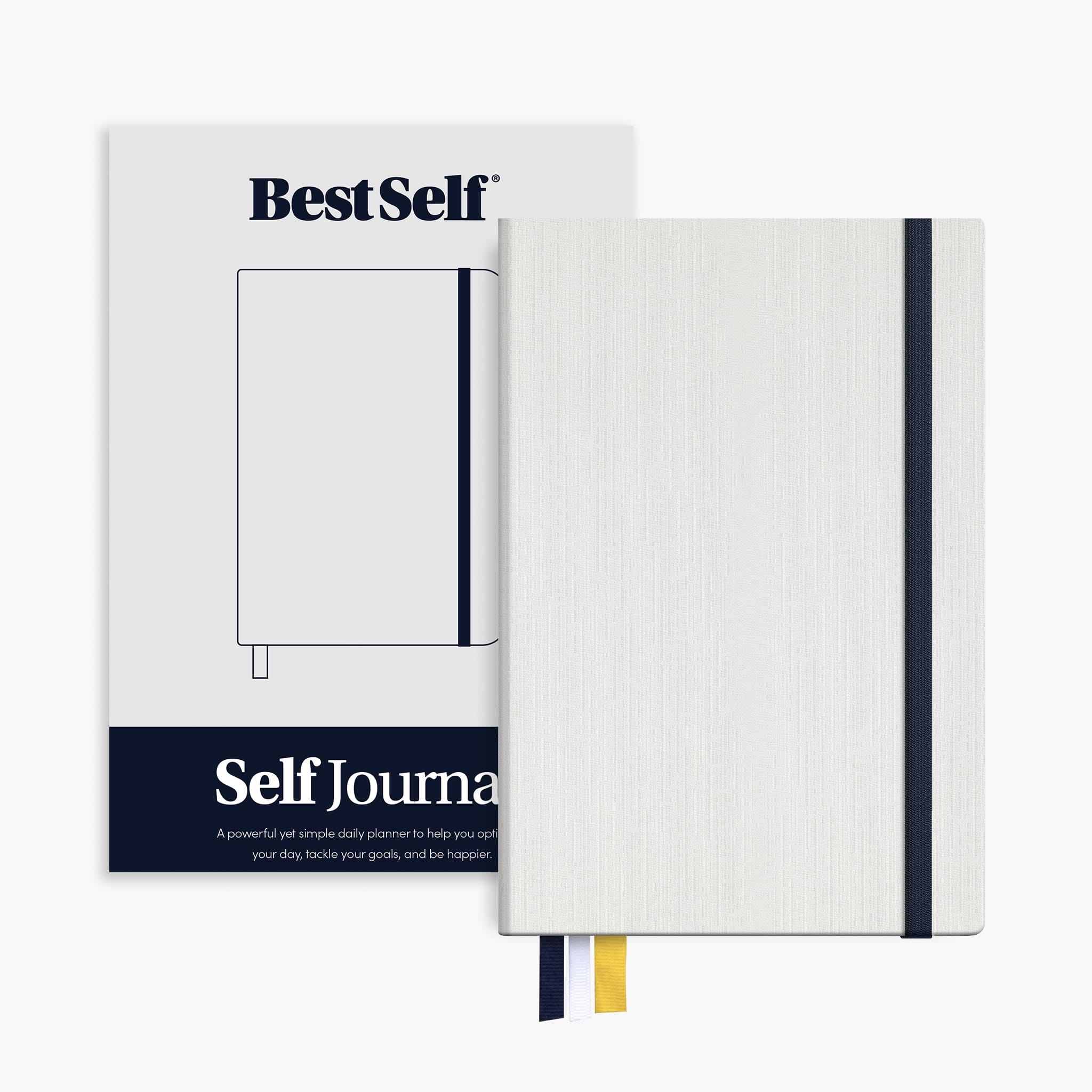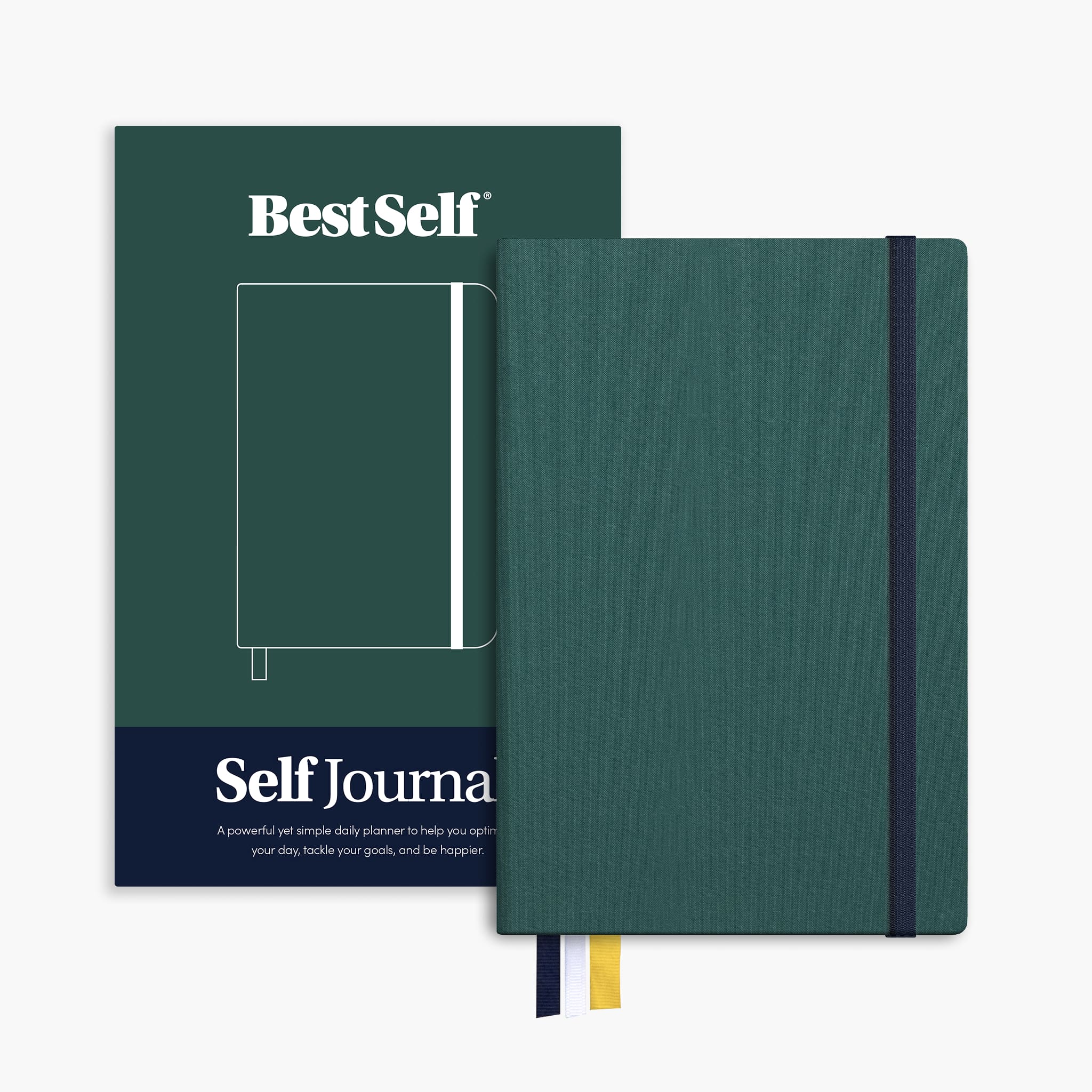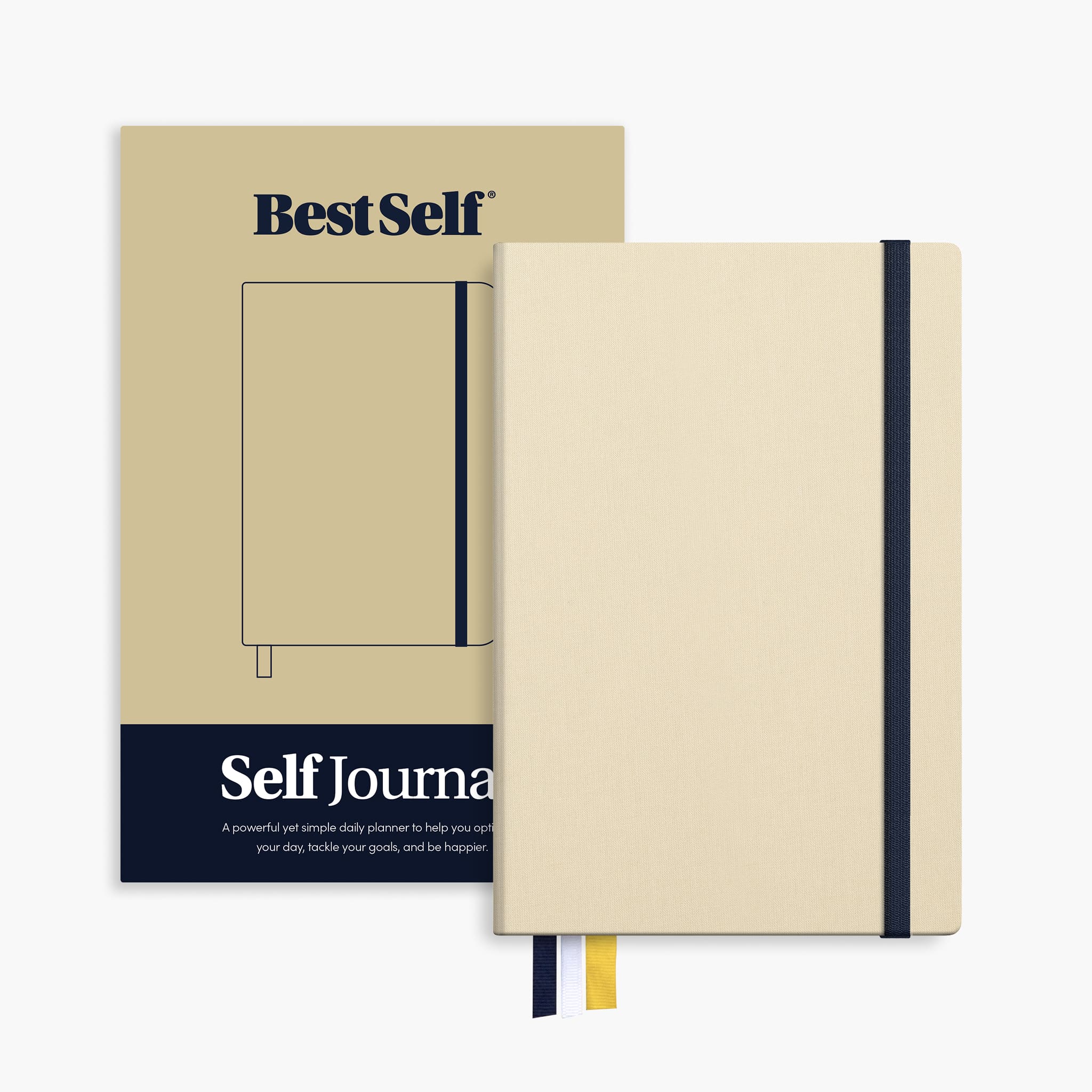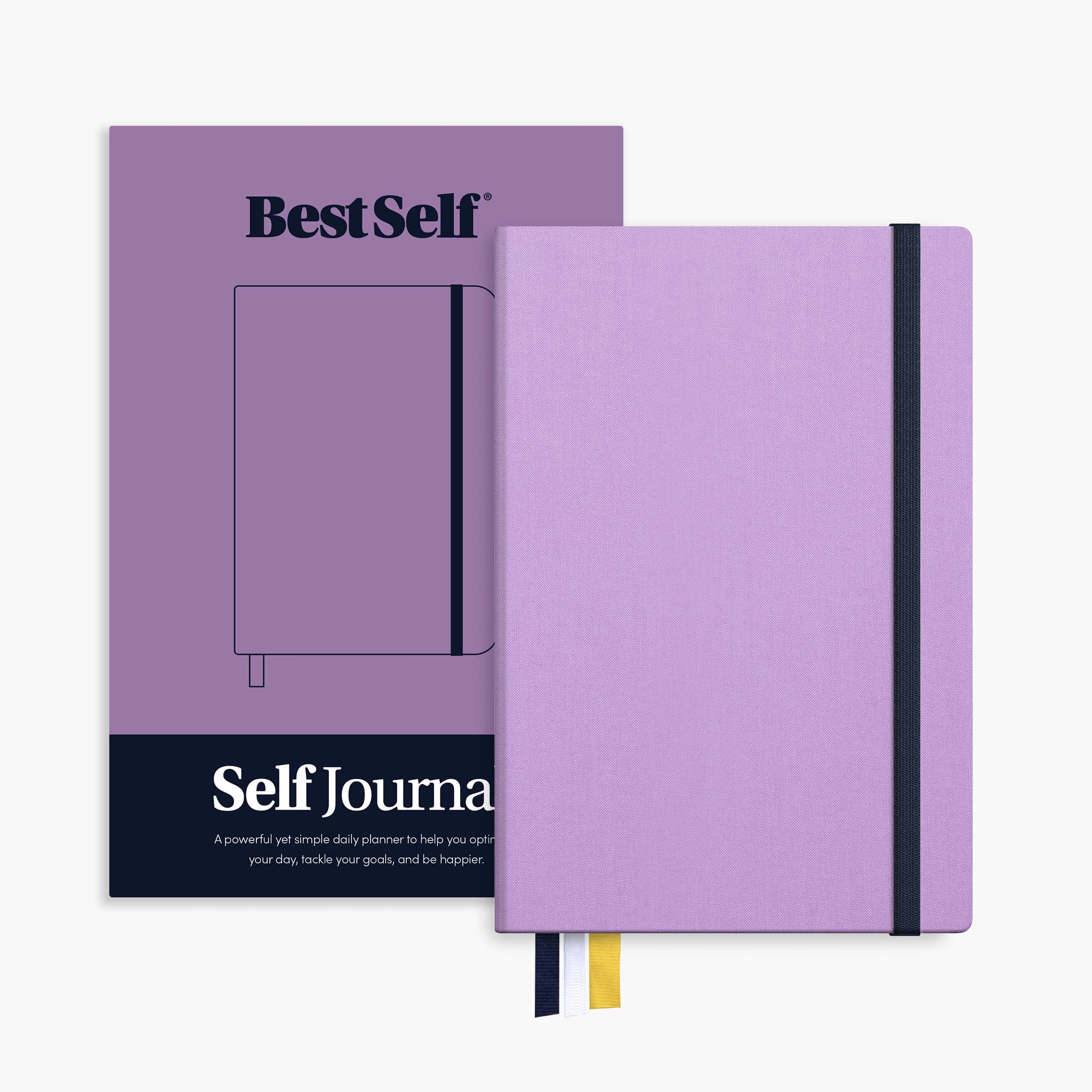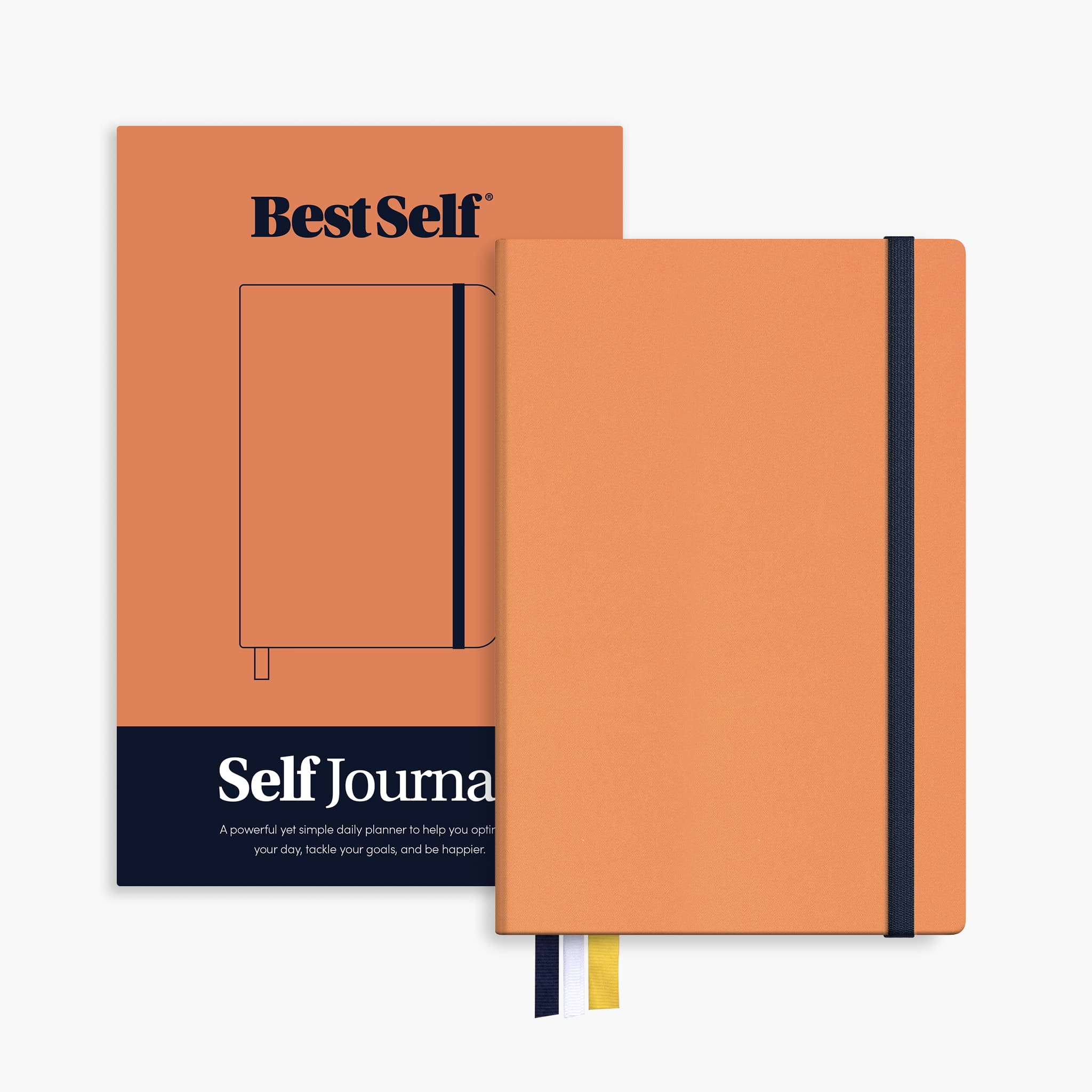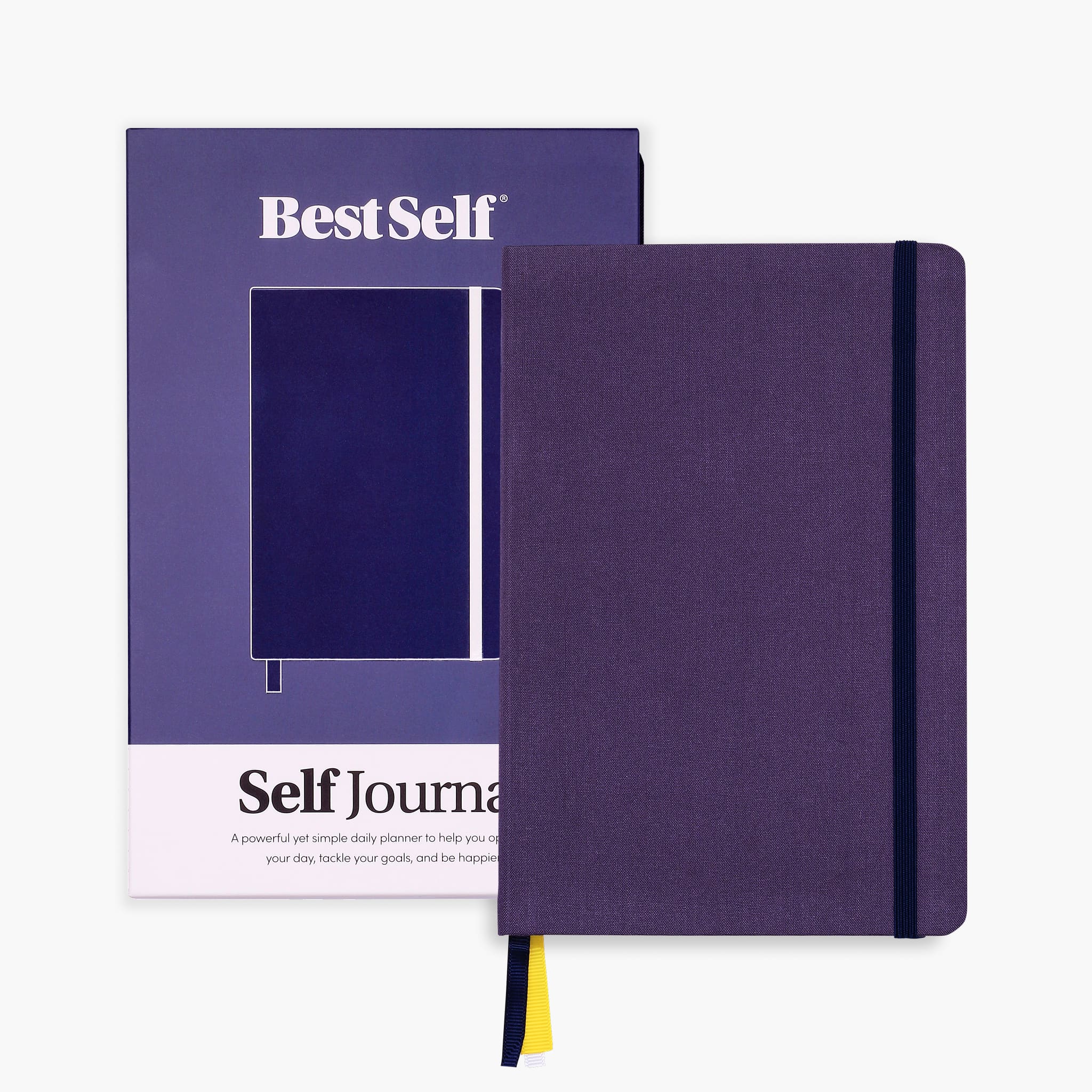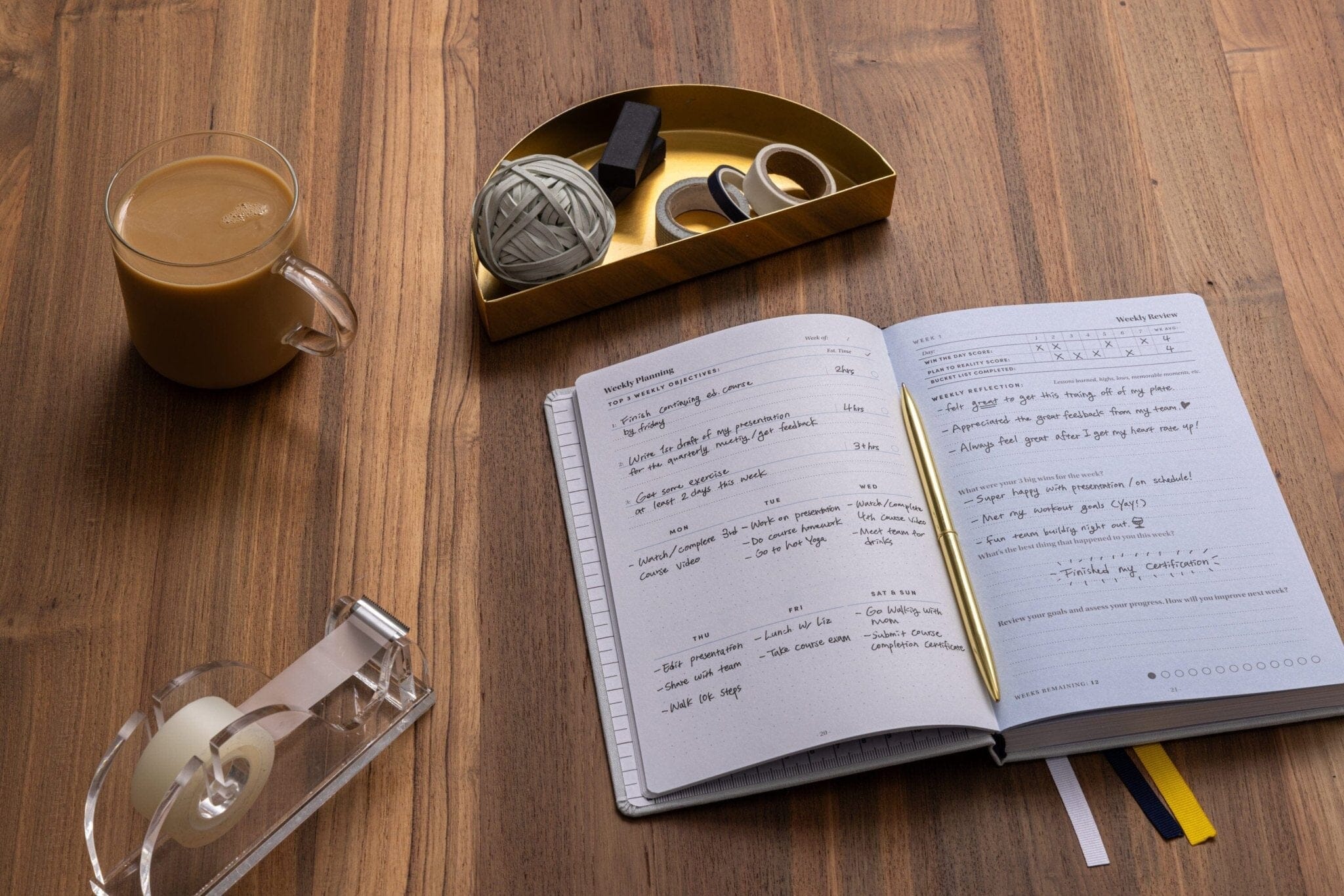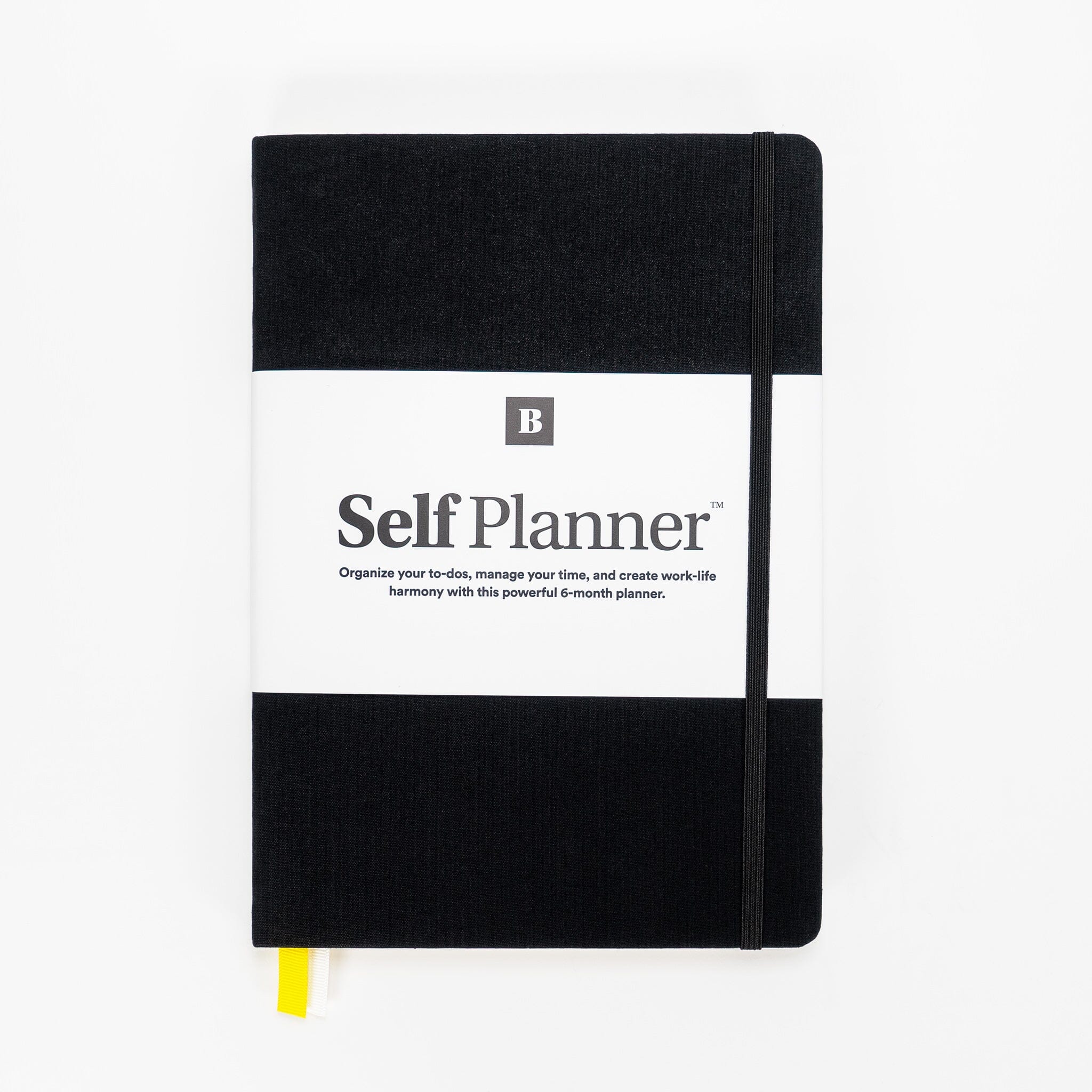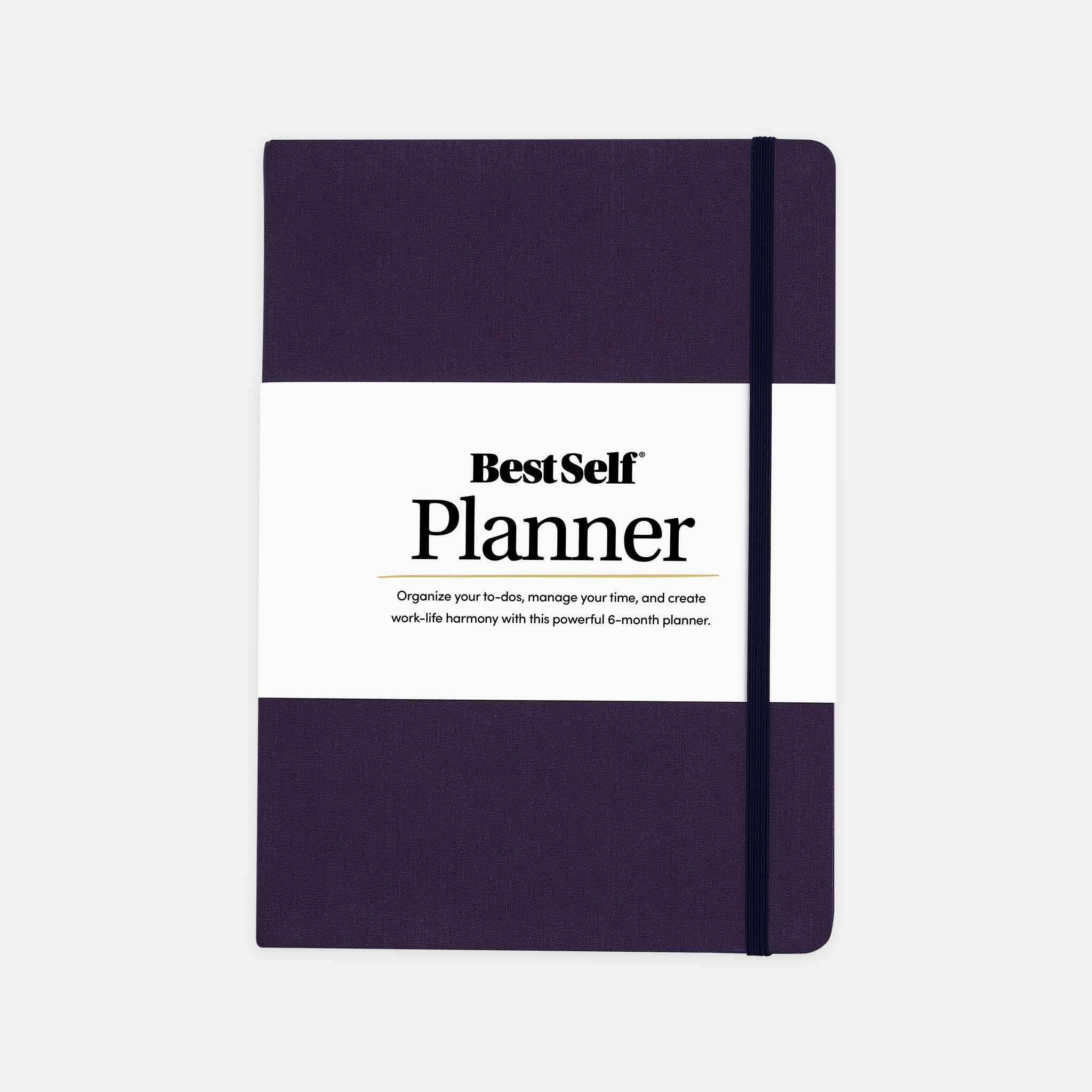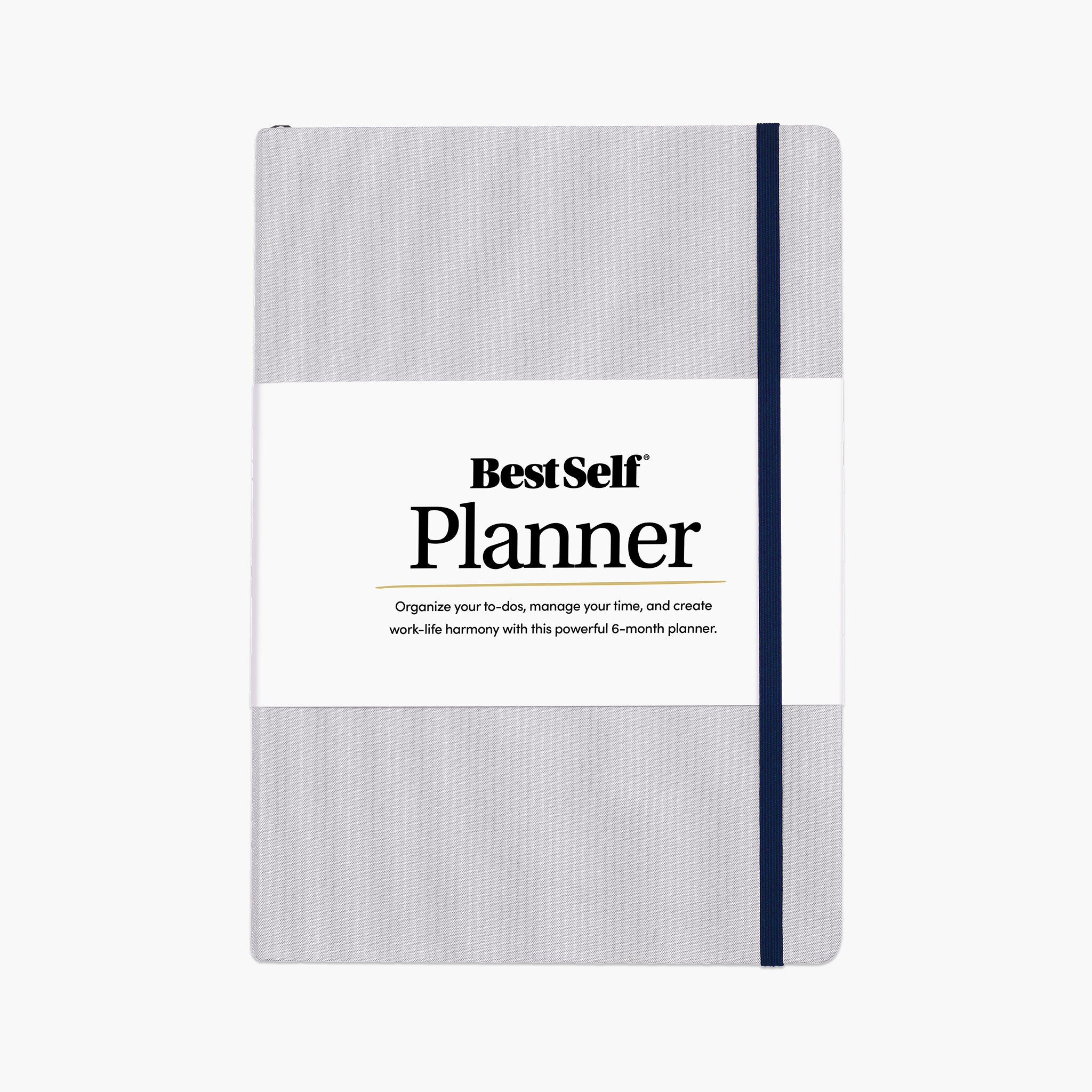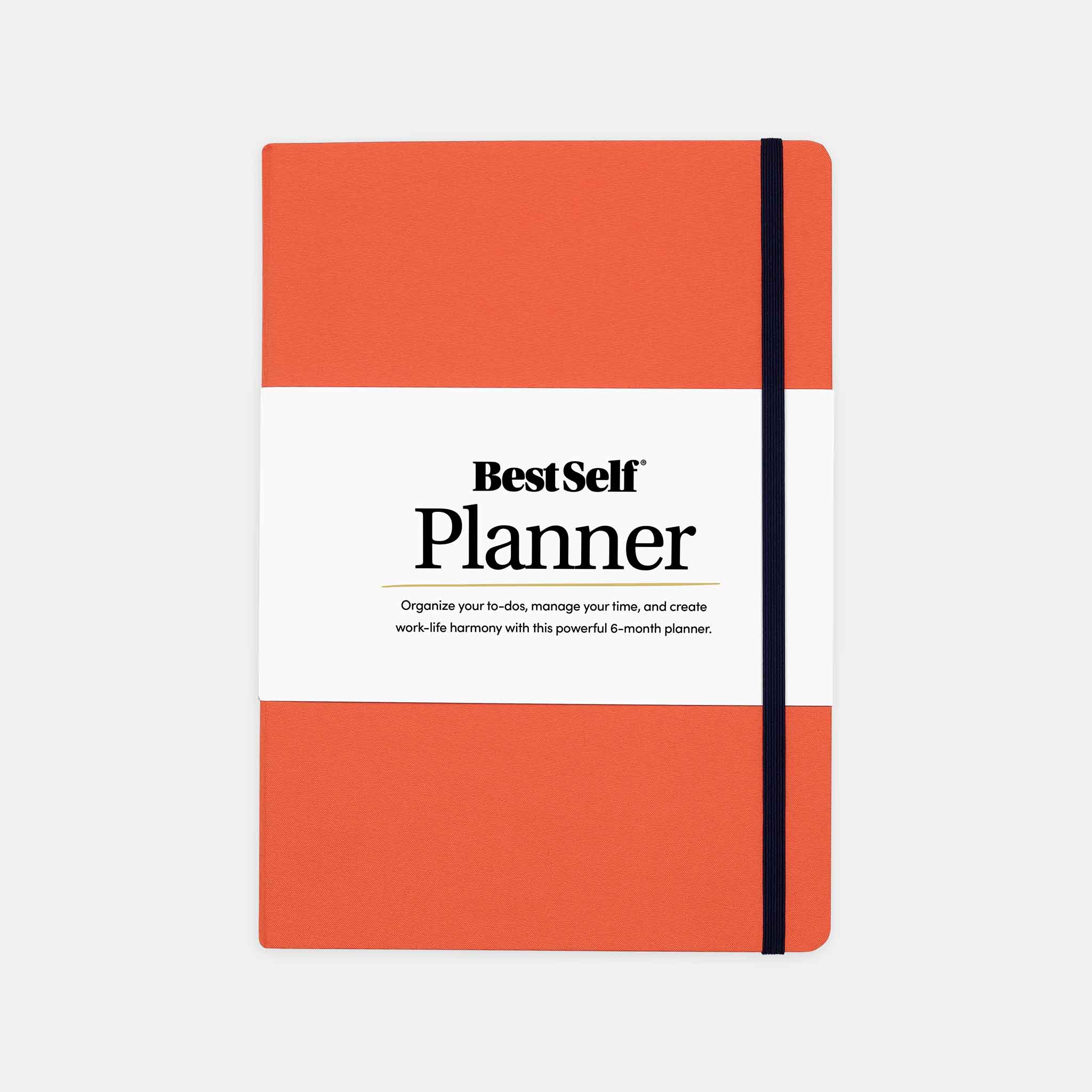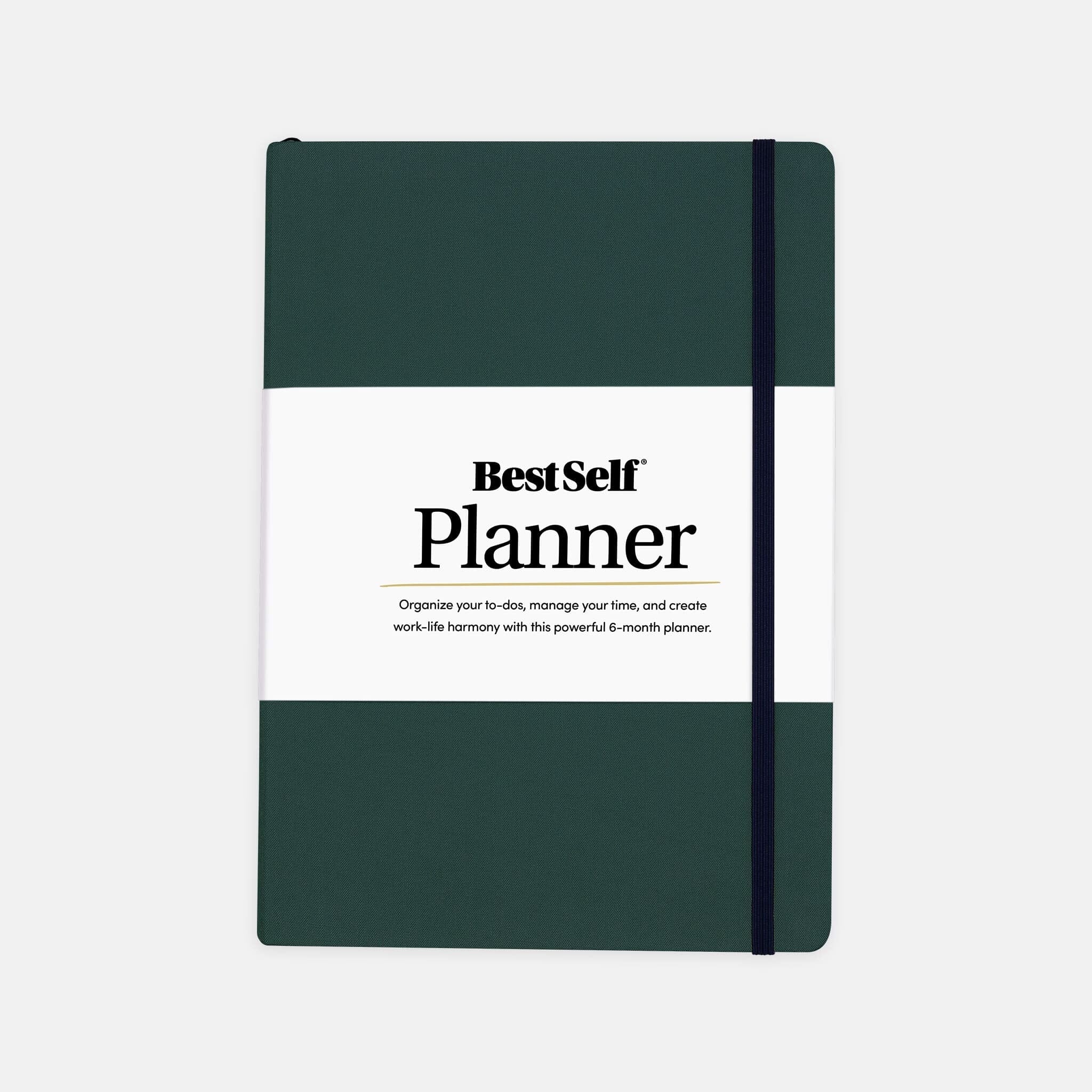In today’s fast-paced world, keeping track of tasks, goals, and daily responsibilities can feel overwhelming. That's where the Weekly Action Pad comes in—a powerful tool designed to help you take control of your week with intention and clarity. Whether you're a busy professional, a student balancing multiple responsibilities, or someone looking to structure your days more effectively, The Weekly Action Pad can help you stay focused and productive. Here’s how you can make the most of it.
- Create your master to-do list
The first step to making the WAP work for you is to create your master to-do list. You can do this on pen and paper, in your bullet journal, or even in a Google doc - whatever works for you.
To be clear, your master to-do list is a list of EVERYTHING you have to get done (or you don’t want to forget). Importantly, don’t restrict your list to work tasks alone. In addition, include all your personal stuff. For example, I’ll write down things such as doctor appointments, food prep time, as well as errands, time with kids, and anything else that’s going to take my time.
The goal here is twofold. Firstly, this step will clear your head - so you can free up maximum bandwidth.
It’s crazy how much I used to rely on my memory to remember stuff. I had no clue how much mental energy this stole from me. And when you have a lot to do, you want maximum headspace to tackle it, right?
Secondly, by writing down everything, you can make sure you plan everything. It’s a step in the right direction for work-life balance and self-care. Since using the WAP, my work-life balance has improved by a mile.
- Identify the tasks you’ll complete this week
Next, look through your master list and identify ALL the tasks you want to complete in the next seven days - and write them onto your Weekly Action Plan.
A good tip is to organize your tasks by PROJECT. For example, I have:
- A collection for different clients
- A collection for OTHER (generally one-off work projects)
- A collection for home
- You get the picture :-)
Instead of a disorganized list of unrelated tasks, you now have a sense of what you have to do for each of your projects/areas of focus. It’s a simple way to create a calmer, more organized mind.
- Mark up your due dates
Not all tasks are completed equally. It’s the 80/20 rule where 20% of your effort will deliver 80% of your results.
I’ve found you’ll always be most productive and effective when you focus on the highest leverage tasks. The first step to identifying these is to mark on your DUE DATES.
With your deadlines listed on your WAP, you can get a feel for when you must complete each task. This is such a smart move! In the past, I used to forget tasks - then have to rush them at the last minute. This created so much stress and pressure. But with my WAP, I can organize my week and plan my time so I’m never rushing at the last-minute [unless I want to.]
- Prioritize your tasks
Next, use the PRIORITY column to identify how important each task is. I like to use:
- TOP priority - I MUST do these tasks urgently (without fail, zero excuses!)
- IMPORTANT - Still important, but I have more leeway
- DELEGATE - these are tasks I want to get done, but someone else can do them for me.
- DUMP - on reflection, these tasks don’t move the needle and I can scratch them off my list
This simple exercise helps you get clear on what tasks will make the most impact on your goals and your life.
In the past, I used to work through my list from top to bottom or I’d focus on the low hanging fruit because I wanted my list to look shorter! The problem with this approach is the most important tasks just didn’t get done.
But figure out your priorities and you can end each day feeling in control and accomplished - even if you only achieved a handful of items.
- Estimate timeframes
Have you ever completely over-estimated how much you can get done in a day?
Me too!
In the past, rather than making a list that felt achievable, I’d make a list that would make me feel accomplished. The only trouble was, by lunchtime it was clear there wasn’t a chance I’d work through everything - and so my motivation and enthusiasm plummeted.
TIme estimates ensure you don’t set yourself up to fail.
Simply write down how many minutes you think each task will take (don’t worry if you’re wildly wrong in the beginning, this is a skill you will sharpen the more you do it.)
Then when it comes to planning your day [Step 6] you’ll be able to take better decisions about when you do each task. You wont overbook yourself and you will get more done.
- E/N/D Formula
Have you noticed how some tasks energize you, other tasks drain you, and some tasks have no impact at all?
This awareness is at the heart of the E/N/D formula. When you know which tasks:
- E - energize
- D - drain
- N - neutral
Use these categories and you can make better decisions about when you plan to do each task.
For example, if you know that writing a blog post energizes you, you can schedule this task for the post-lunch slump. Similarly, if you know calling your accountant will drain you, schedule this task for when you have high energy.
It’s a simple categorization that boosts your productivity - significantly.
- Plan your day
Here’s where your WAP gets really interesting.
With your tasks categorized into due dates, priorities, time estimates, and energizing capabilities, you can plan each day far more intentionally.
Forget picking a task at random!
Instead, you’ll find it easy to pinpoint the task you need to do now, next, and later.
- Priorities keep the needle moving
- Due dates ensure nothing is late or forgotten
- Time estimates help you maximize your time and squander fewer minutes
- The E/N/D formula helps use your energy wisely for maximum impact
Finally, don’t forget to celebrate your successes! Use the Weekly Action Pad to note your achievements, big or small. Recognizing your progress is crucial for maintaining motivation and building positive momentum for the week ahead.
The Weekly Action Pad is more than just a to-do list—it's a strategic tool that helps you prioritize, focus, and manage your time effectively. By following these steps, you can transform your week from chaotic to calm, ensuring that you stay on top of your responsibilities and make meaningful progress toward your goals.
Are you ready to take control of your week and boost your productivity? Grab your Weekly Action Pad today and start planning for success!





